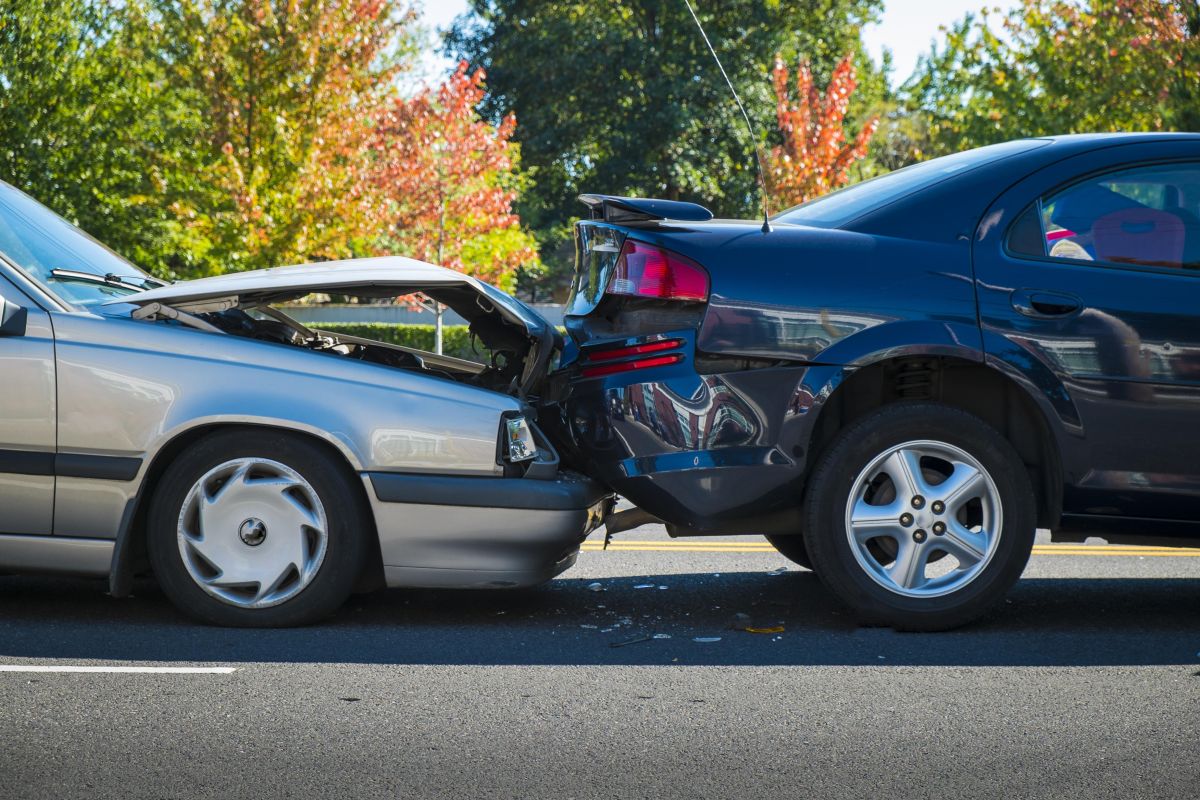AAA’s latest research found 2024 model vehicles with automatic emergency braking (AEB) avoided 100% of forward collisions when tested at speeds up to 35 mph, in comparison to 2017 and 2018 model vehicles, which only avoided collisions 51% of the time.
AEB uses forward-facing cameras and other sensors to automatically tell the car to apply the brakes when a crash is imminent. Most new vehicles are equipped with AEB, but earlier this year, the National Highway Traffic Safety Administration (NHTSA) issued a new federal standard requiring it by 2029.
Over the last decade, AAA has evaluated various advanced driver assistance systems, including AEB, to determine if the technology performs as expected. While these systems continue to be refined with upgraded software and sensors, AAA wanted to see if AEB functionality has improved when compared to older versions.
Testing AEB Progression
AAA, in partnership with the Automobile Club of Southern California’s Automotive Research Center, conducted research in a closed-course, simulated environment to evaluate the performance progression of AEB systems.
Old and new test vehicles of the same make and model were evaluated at three common speeds -- 12 mph, 25 mph and 35 mph -- to see how well they performed in a forward collision.
New 2024 model vehicles were nearly twice as likely to avoid a collision as older models from 2017 and 2018 when tested at speeds up to 35 mph, which aligns with current safety standards.
Based on these results, the progression of AEB systems in vehicles demonstrates substantial improvement over time. The newest models were capable of avoiding potential collisions altogether at slower speeds.
AAA said this improvement in AEB technology is a promising development that significantly reduces the risk of collisions on the road. As car manufacturers continue to enhance these systems, can the public might be able to expect even higher levels of safety and reliability.
AAA will continue to monitor these developments as well as other changes to regulations.
Though the progression of these systems is improving and performing as intended, AAA recommended drivers never rely solely on the technology to apply the brakes.
“AEB systems are not a replacement for an attentive driver,” AAA said in a news release.
Drivers should also be aware of the limitations of an AEB system and stay engaged while driving, and avoid risky driving behaviors such as speeding, texting, driving while drowsy or distracted, or driving under the influence of cannabis or alcohol.
What Happens at Higher Speeds?
According to data collected by the Federal Highway Administration (FHWA), a majority of total miles driven in the U.S. occur at higher speeds that tested, above 35 mph. AAA engineers added test scenarios to assess the limits of current AEB systems at higher speeds.
Three out of four vehicles evaluated avoided a 45-mph collision. For those vehicles that avoided a collision at 45 mph, the test speed was increased to 55 mph. None of the remaining test vehicles avoided a collision at 55 mph.
These findings highlight the importance of continued AEB improvements. A NHTSA rule released earlier this year requires new vehicles to avoid a forward collision at speeds up to 62 mph by 2029.













